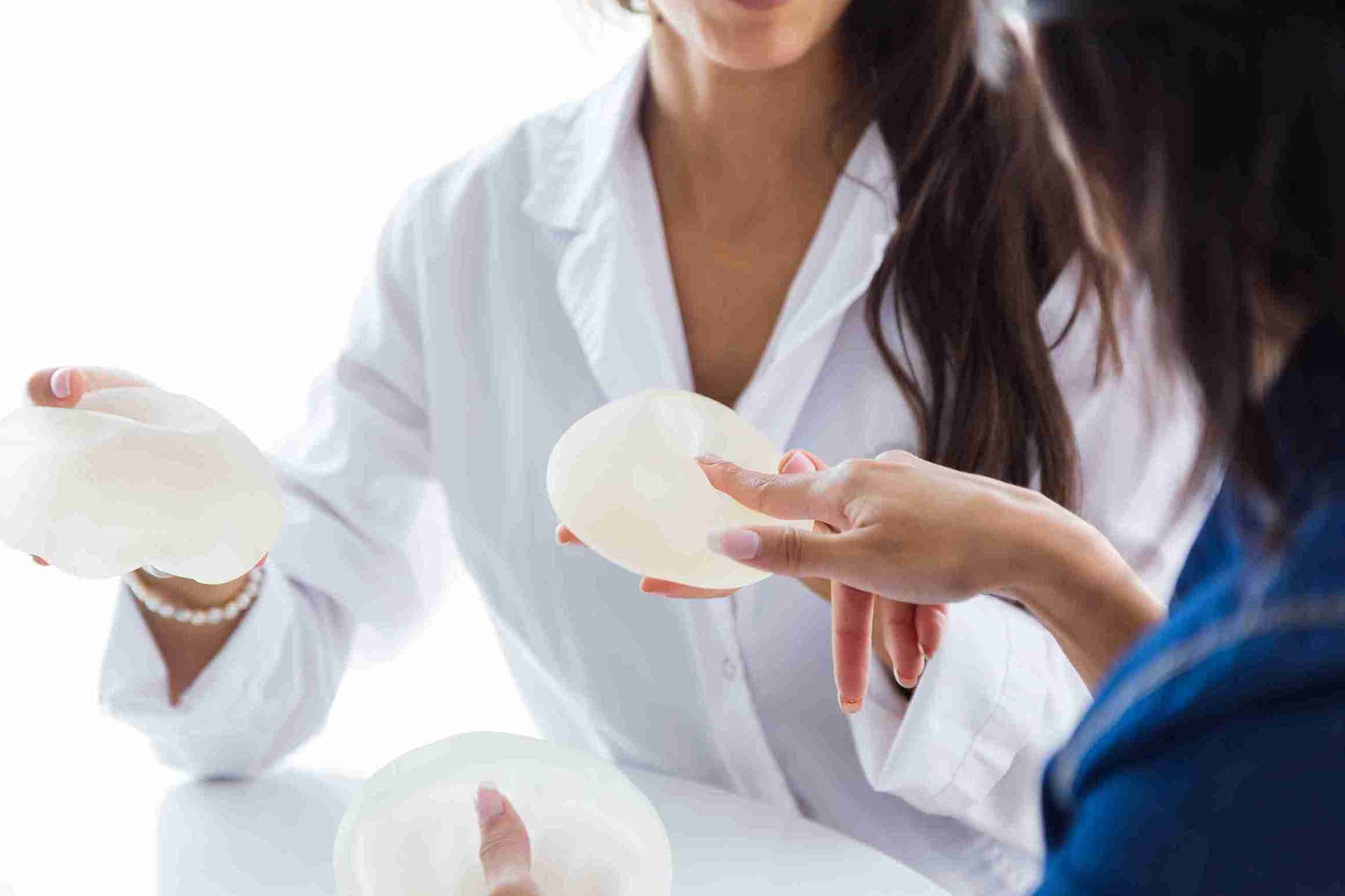
Mastitis is a painful yet common breast infection that often catches lactating women off guard, disrupting what is otherwise expected to be a joyful and intimate bonding experience with their newborn. Though mostly treatable, mastitis can rapidly become more severe if not treated promptly. Knowledge of the causes, mastitis signs, and treatment will help in avoiding complications and speeding up healing.

Mastitis is breast tissue inflammation, which is usually caused by infection or a milk duct obstruction. It's most prevalent in breastfeeding women (lactational mastitis), but it will sometimes occur in women who are not breastfeeding.
Lactational mastitis occurs in the initial weeks following childbirth, but could occur at any time within the process of breastfeeding. Non-lactational mastitis is not as common but is more likely among women with preexisting breast issues or who smoke.
Prompt treatment and diagnosis are necessary to avert complications and make it possible for continued comfort during breastfeeding.
Early detection of mastitis signs is important to enable timely intervention. Typical symptoms are:
These symptoms can develop suddenly and become severe within a matter of hours. If you're breastfeeding and experience these symptoms, they should be taken seriously, and medical advice should be sought if they continue.
Initial signs of mastitis can be subtle, including a little tenderness or redness in the breast. But once the condition advances, it can cause more serious symptoms like severe fever, discharge of pus, or a formed abscess.
Early treatment can avoid complications like breast abscess, which might need surgery.

There are a number of types of mastitis with varying causes and treatments:
Knowing the right type guides the optimal treatment strategy.
Mastitis usually arises from a mix of physical and bacterial causes. Typical causes and risk factors include:
Decreasing these risk factors significantly reduces the likelihood of mastitis.
A healthcare professional usually diagnoses mastitis by:
A clear diagnosis will guarantee that the right treatment is initiated promptly.

With good care, most women feel much better in 24–48 hours.
See a doctor if you notice:
Don't wait to call for help—early treatment often equals faster recoveryand less disruption to breastfeeding.

At Cloudnine Hospitals, werecognise that mastitis can be physically painful and emotionally overwhelming,particularly for new mothers. What distinguishes us is our complete, caringapproach to women's health. Our skilled gynaecologists, lactation specialists,and paediatricians collaborate to offer individualised care based on eachmother's unique requirements.
From precise diagnosis and successful treatment of all mastitis types topractical breastfeeding guidance, we keep you from ever feeling isolated. Withaccess to sophisticated diagnostics, evidence-based treatment, and ongoingemotional support, Cloudnine is your trusted partner in managing mastitis symptoms, encouraging healing,and regaining breastfeeding comfort with confidence.
Mastitis is a painful anddistressing condition, but with early treatment, the majority of cases settlerapidly. Identification of mastitissigns, knowledge of types of mastitis, and response to early mastitissymptoms prevent complications and enable you to continue breastfeedingcomfortably.
If you have any symptoms,don't delay, contact a medical professional. Treating your breast health is notonly important to your comfort but to your overall health and your baby'snutrition as well.

Mild cases might get better with self-care, but untreated infections can become severe. Medical assessment is advised.

Combining antibiotics with continued breastfeeding, warm compresses, and rest usually provides the quickest relief.

If breast pain is persistent, severe, or accompanied by fever, redness, or a lump, seek medical help.

Mastitis does not harm the baby directly, and it is safe to continue breastfeeding. In fact, nursing frequently helps relieve breast engorgement and clear the infection faster. Your breast milk remains safe and beneficial for your baby, even while you're undergoing treatment.